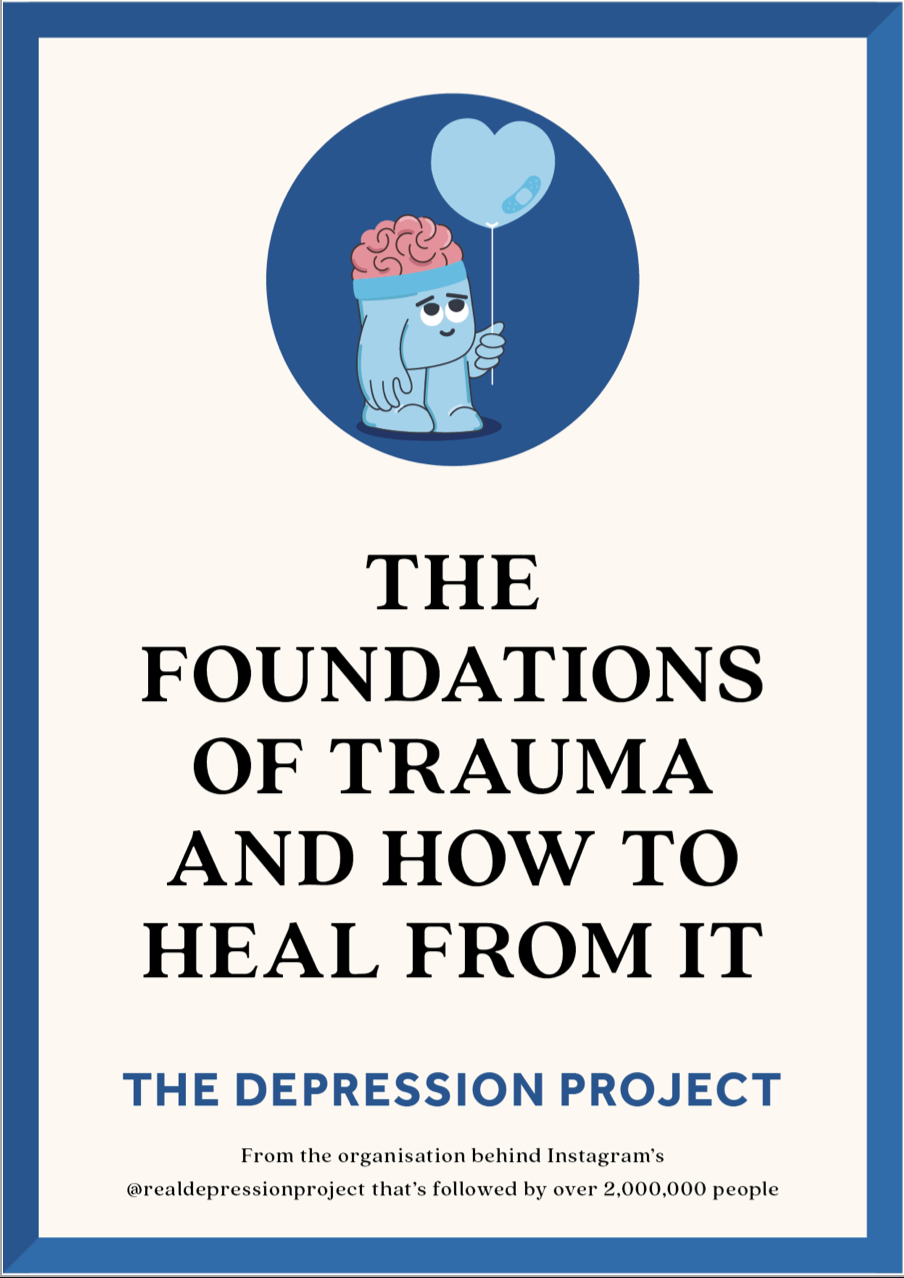
The Legend of Whomper: Dreamcrafter

The Legend of Whomper, Book 3: Dreamcrafter by Chris Farrington
My rating: 4 of 5 stars
The third installment of author Chris Farrington’s The Legend of Whomper series opens with the titular protagonist, a chubby blue fox, seeking a healer for his instructor, the Edgemaster (or just “Edgemaster” as he’s awkwardly called throughout the graphic novel). After finding a temple of healers in comas, Whomper dreams of interacting with the rabbit Remmy, one of the eponymous Dreamcrafters, with he and Skyla flying to the jungle to another shrine where they sleep and enter the Dreamscape. Whomper reunites with Remmy while dreaming and is shown a system of visible dreams and nightmares where he can battle imaginary monsters.
Grescam, the Dreamdragon, attacks the dream city of Lagos-4 with Whomper and Skyla training so they can better deal with him. This includes tasks such as the fox fighting a doppelgänger in his dreams. Grescam reappears, after which Whomper travels to the god Lord Hypnos’ chamber, where the backstory on the Dreamdragon is revealed. Meanwhile, Remmy and Skyla battle the Lord of Nightmares, and Whomper retaliates against the Dreamdragon with help from a mystical hammer called the Dreamsmasher. After the conflicts, Whomper and Skyla travel to Hammer Forge, where the latter goes to a bar to discuss her lover’s youth.
The third entry concludes with an entertaining look at Whomper and Skyla in prehistoric life, followed by a nice anecdote featuring minor characters. In summary, I enjoyed this graphic novel, an excellent continuation of its predecessors, given the second entry’s foreshadowing of its events. As before, Farrington’s character designs are cute, colorful, and unique, even if the story isn’t wholly family-friendly. Moreover, issues from its precursors return, like awkward dialogue and punctuation errors. Furthermore, all text is capitalized, making it vague whether important terms are capitalized at their beginnings. The story also didn’t fit my entire iPad, but I would recommend installment number three to those who enjoyed previous books.








